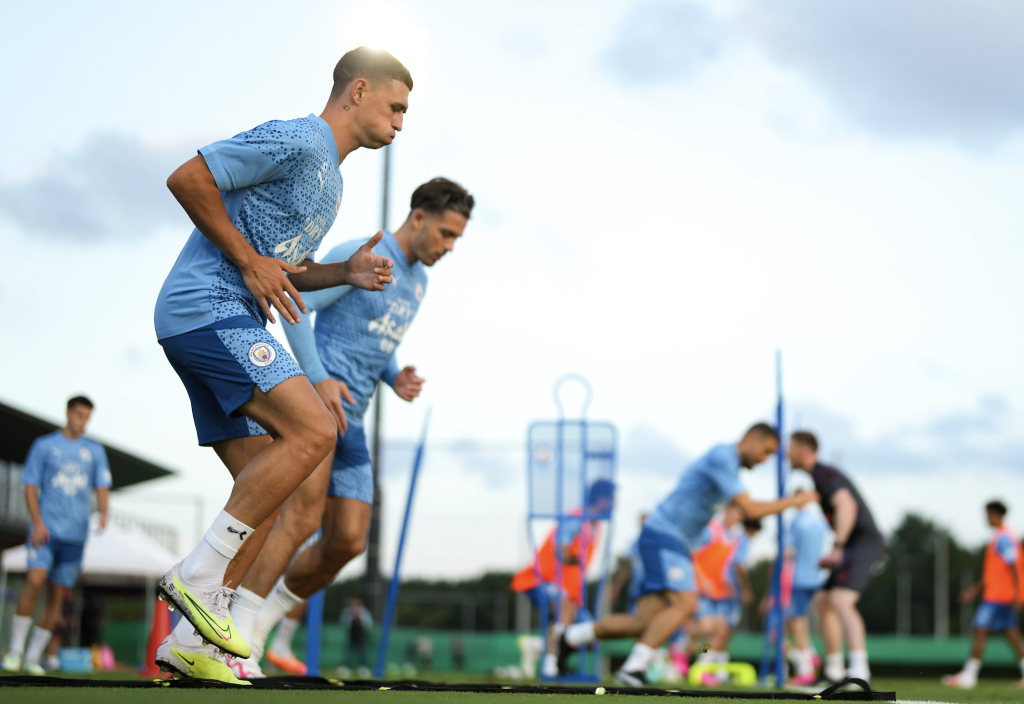15 Best Soccer Fitness Tests for Players of All Skill Levels
As a soccer player, talent gets you noticed, but conditioning keeps you on the field when the game is on the line, fatigue sets in, and everyone else is struggling for breath. Soccer fitness tests are essential tools for coaches, trainers, parents, and players because they help assess key trackable stats like aerobic fitness, anaerobic fitness, agility, and sprint speed.
In soccer, it can be argued that non-trackable stats, such as decision making, reaction time, creativity, composure, and talent, are more important than trackable stats, but that does not mean trackable stats are not important. Trackable stats, when monitored and improved over time, give players a measurable way to enhance their physical foundation so they have more energy to actually use their talent for the full length of a game.
Below you’ll find the best soccer fitness tests that are commonly used at the amateur, academy, and professional levels to assess a player’s physical conditioning. Since there are fitness tests only, they will not involve a soccer ball.

What are the Best Soccer Fitness Tests?
Before jumping into the list, it’s important to understand that not all fitness tests measure the same qualities, and choosing the right one depends on what specific aspect of performance you want to improve. With that in mind, here are the best soccer fitness tests every player should know.
Body Composition:
Body composition, which includes body fat percentage and overall weight, is a key indicator of a player’s fitness level and directly impacts endurance, speed, and agility on the field. Lower body fat can improve aerobic capacity and reduce fatigue during high-intensity exercise, but you also don’t want too low body fat because it can lead to decreased energy levels, increased injury risk, and compromised recovery between training sessions.
One of the most convenient and accurate ways to measure body composition is with a smart scale that tracks both weight and body fat percentage, giving players baseline data they can monitor throughout their training program.
Heart Rate BPM:
This test measures heart rate beats per minute (BPM) at rest to see how hard your heart works when not under stress. A lower resting heart rate is usually a sign of better cardiovascular fitness, and the average for an elite athlete is anywhere from 40-60 BPM.
To find your resting heart rate, measure your pulse first thing in the morning before getting out of bed, count the beats for 60 seconds, or count for 30 seconds and multiple by two, and track this number consistently over time to monitor improvements.
Breath Rate:
Breath rate is very important to track because players should aim for a lower breath rate that involves deep, slow breathing instead of shallow, rapid breaths that can increase fatigue and reduce oxygen efficiency. To find your breath rate, sit or lie down in a relaxed position, count how many full breaths (inhale and exhale) you take in one minute, or count for 30 seconds and multiple by two, and track this measurement regularly to monitor improvements, just like with your heart rate.
BOLT Score:
The BOLT (Body Oxygen Level Test) score measures a player’s ability to hold their breath after exhaling, which relates to how efficiently their body uses oxygen and tolerates carbon dioxide buildup during physical stress. To perform this test, inhale normally, exhale normally, pinch your nose, and time how long you can comfortably hold your breath before feeling the urge to breathe.
Elite athletes typically score 40 seconds or higher, while most recreational players fall between 10-20 seconds, and this is not a max effort hold; you stop the time the very first moment you get the urge to breath.
One Foot Balance with Eyes Closed:
This next test is self-explanatory, and as a soccer player, it is very important to be able to do this one for at least one minute because everything you do in soccer is with one foot on the floor and one foot off it. The goal is to go the full minute and also be as still as possible without wobbling everywhere.
Sprint Tests at 10, 20, 30m:
Sprinting is one of the most used and important physical actions in soccer, making sprint speed tests essential for evaluating a player’s acceleration, explosiveness, and speed. For this test, place 3 cones 10 M apart at 10, 20, and 30M marks.
Record yourself and rewatch the footage, or have someone time you the sprinter and use a timer to see how fast they reach each cone.
505 Change of Direction:
This 505 agility test begins timing as the player passes through the 5m gate, not at the initial takeoff. The setup includes a 10m sprint where the athlete crosses the gate at 5m (timer starts), continues to the 10m mark, makes a sharp turn, and sprints back through the same gate at 5M to stop the timer.
This test is excellent for evaluating a player’s change of direction speed, reaction time, and ability to accelerate out of turns—just like in real match situations.
T-Test:
The T-Test is another agility test that is set up in a T shape and requires players to start at the bottom of the T, sprint towards the top, side shuffle right or left, reach the end, side shuffle back across to the opposite end, and then return to the center before backpedaling to the starting point.
You can take time two, one time starting with a side shuffle to the right and one time with the side shuffle to the left.
Beep Test:
The beep test is one of the most popular aerobic fitness tests in soccer that involves players running back and forth between markers at increasing speeds until exhaustion. To do this test, either look up a Beep test timer, app, or video online and follow along until you get tired.
Vertical Jump:
The vertical jump test is self-explanatory and measures explosive lower-body power, which is essential for winning aerial duels, jumping to head the ball, and accelerating out of short bursts. For this test, simply place or tape a measuring tape on a wall or pole, perform your jump, record it on video, and review the footage to note your highest reach compared to your standing reach.
Reaction Time Test
Reaction time is crucial in soccer for responding to opponents, loose balls, and sudden changes in play. For a reaction test, there are many different ways you can do this, and the goal is to measure how quickly you can react and move in response to visual or auditory cues.
For example, stand in the center of four different colored cones and have someone call out a color, then sprint to touch that cone and return to the center as fast as possible, or use agility equipment like Blaze Pods to do different types of reaction tests.
Max Push Up Hold Test
The max push-up hold test measures upper body strength and muscular endurance, which are important for maintaining balance during physical challenges on the field. To perform this test, get into a push-up position with your body in a straight line from head to heels, and hold this position for as long as possible without letting your hips sag or rise.
Track your time and aim to improve it over the course of your training program.
Max Hang Hold Test
The max hang hold test also measures upper body strength and grip strength, which contribute to a player’s ability to handle physical contact and maintain body control during high-intensity moments. Find a pull-up bar, hang with your arms fully extended, and time how long you can hold the position before fatigue forces you to let go.
Max Lunge Hold with Raised Heels
The max lunge hold test measures lower body strength, balance, and stability in a unilateral position, which is important for soccer since all of the actions you do are on one foot. To perform this test, step into a forward lunge position with your front knee bent at 90 degrees and your back knee hovering just above the ground, then raise both the front and back heels, and hold this position for as long as possible on each leg.
Max Wall Sit
The max wall sit test measures lower body muscular endurance and mental toughness, both important for maintaining high performance during the intense physical demands of soccer. To perform this test, place your back against a wall and lower into a seated position with your thighs parallel to the ground and knees bent at 90 degrees, then hold this position for as long as possible.
Track your time and use it as a benchmark to assess improvements over time.

Final Thoughts
Soccer fitness tests provide players, coaches, and trainers with measurable data to track progress, identify weaknesses, and design training programs that directly improve performance on the field. By incorporating these tests into your routine—whether at the start of pre-season or throughout the year—you can monitor improvements in aerobic fitness, anaerobic fitness, speed, agility, and endurance, to make sure that you’re physically prepared to compete at your highest level when it matters most.
FAQs
What is the best endurance test for footballers?
The best endurance test for footballers is the Beep test, which is pretty simple, and you can watch this video to learn how to do it, but the point is to go as long as you can. There is also the Yo-Yo intermittent test, which measures a player’s ability to recover between high-intensity sprints.
Similar to the Beep test, the Yo Yo test also involves running back and forth between markers at increasing speeds, simulating the repeated bursts of activity and recovery needed during a soccer match.
What is the best training equipment to perform different soccer fitness tests with out a soccer ball?
To perform different soccer fitness tests efficiently, players and coaches might want to consider investing in some soccer training gear and equipment, such as cones and agility ladders for sprint and change-of-direction tests, a soccer camera, a soccer tracker, and/or a stopwatch to accurately record performance data.

